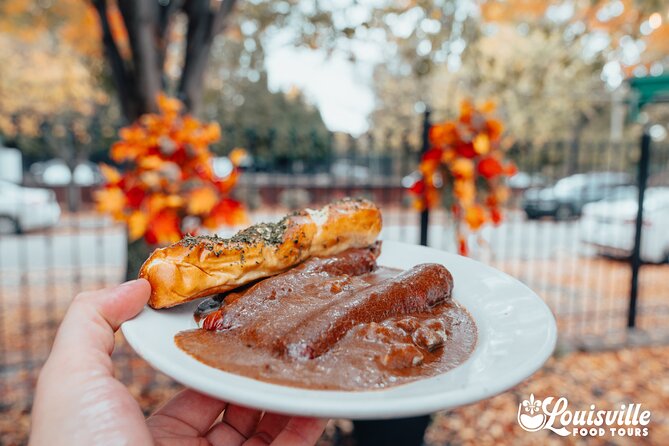Set out on a journey of tranquility and self-discovery as we explore the profound connection between Zen philosophy and the Japanese Tea Ceremony.
Discover how the art of tea preparation transcends mere ritualistic practices to become a gateway to mindfulness and inner peace. Uncover the secrets behind the harmonious blend of simplicity and grace that define this centuries-old tradition.
Join us as we explore the world of Zen through the serene act of preparing matcha green tea, a process that offers not just a beverage but a profound cultural experience that resonates with the soul.
Key Points
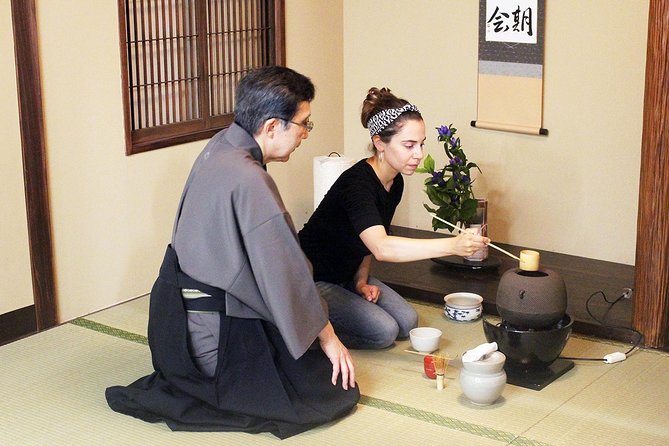
- Tea ceremony embodies Zen principles through mindful actions.
- Participants cultivate tranquility and presence in each step.
- Matcha preparation fosters inner peace and harmony.
- Traditional sweets complement the ceremony, enhancing the experience.
It's also worth checking out some other tours and experiences nearby.
Tea Ceremony Overview
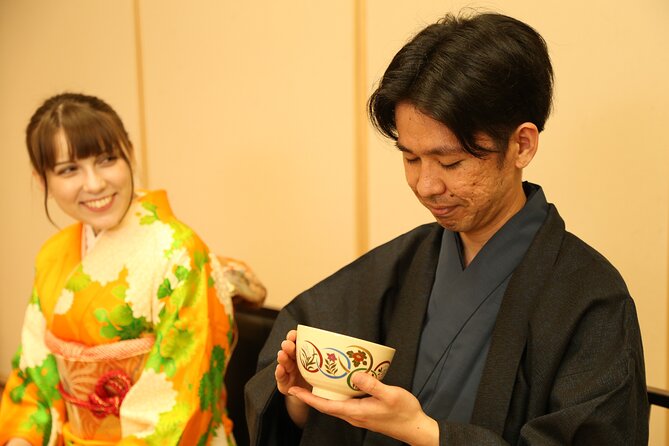
In exploring the elegant world of Japanese tea ceremonies, one can explore a realm where tradition and mindfulness intertwine harmoniously.
The tea ceremony, known as ‘chanoyu’ or ‘sado,’ involves a choreographed ritual of preparing and serving matcha green tea with a focus on grace, etiquette, and respect. Participants engage in Zen meditation through the deliberate and mindful actions of the ceremony, creating a space for inner peace and tranquility.
Tea etiquette plays a crucial role in guiding guests on how to receive and enjoy the tea, emphasizing humility and presence in the moment. By immersing oneself in the tea ceremony experience, you can not only savor the taste of the tea but also cultivate a deeper connection to Japanese culture and Zen practices.
Zen Practices in Tea Ceremony
Set out on a journey of mindfulness and culture as you explore the Zen practices intertwined within the traditional Japanese tea ceremony. Zen meditation and mindfulness practice are at the core of this ancient ritual, guiding participants to be fully present in the moment and cultivate a sense of tranquility.
Through the precise movements of preparing and serving matcha green tea, you can experience a form of moving meditation, focusing on each action with complete attention and intention. This intentional practice fosters a deep connection to the present moment, encouraging a state of calm and awareness.
Matcha Green Tea Preparation
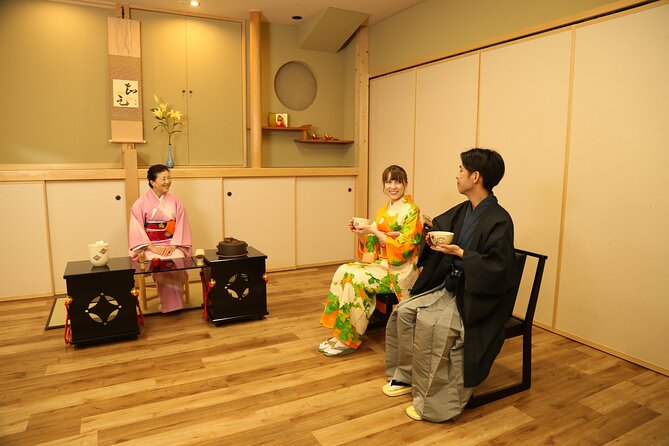
Exploring the art of Japanese tea ceremony, the process of preparing matcha green tea holds a central role in embodying the Zen practices and mindfulness inherent in this cultural tradition.
When preparing matcha green tea, consider the following:
-
Matcha Whisking Techniques: The methodical and precise whisking of matcha powder into hot water is a ritual in itself, symbolizing harmony and respect for the tea.
-
Cultural Significance: Matcha green tea preparation is steeped in tradition and reflects the Japanese reverence for nature and simplicity.
-
Tea Ceremony Mindfulness, Inner Peace: Engage in the act of preparing matcha green tea mindfully, focusing on each step to cultivate inner peace and a sense of tranquility in the present moment.
Traditional Japanese Sweet Confections
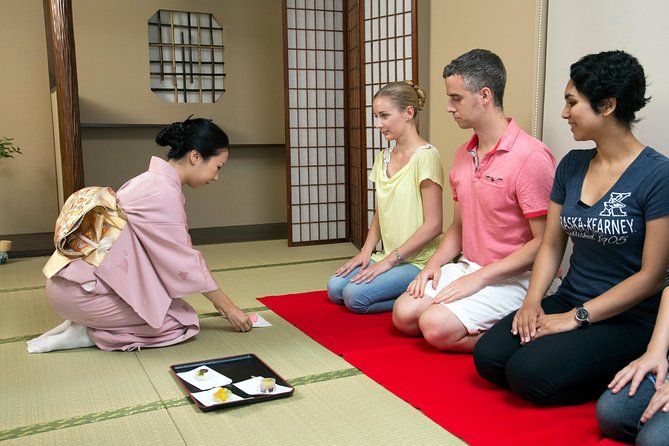
Delight in the artistry of traditional Japanese sweet confections during the immersive Japanese tea ceremony experience. Japanese sweets, known as Wagashi, hold deep cultural significance and are an integral part of the tea ceremony ritual. These delicacies are carefully crafted to complement the bitter notes of matcha green tea, creating a harmonious balance of flavors. The intricate designs and seasonal motifs of Japanese sweets further enhance the aesthetic appeal of the ceremony, adding a touch of elegance to the experience. Guests can savor these delectable treats while seeing the rich traditions and customs surrounding the art of tea. Explore the table below for a glimpse into the world of traditional Japanese sweet confections:
| Sweet Confection | Description | Seasonal Variation |
|---|---|---|
| Nerikiri | Soft, sweet bean paste | Cherry blossom shapes |
| Manju | Steamed bun filled with sweet bean paste | Pine tree designs |
| Daifuku | Soft rice cake with sweet filling | Seasonal fruit themes |
Location and Logistics
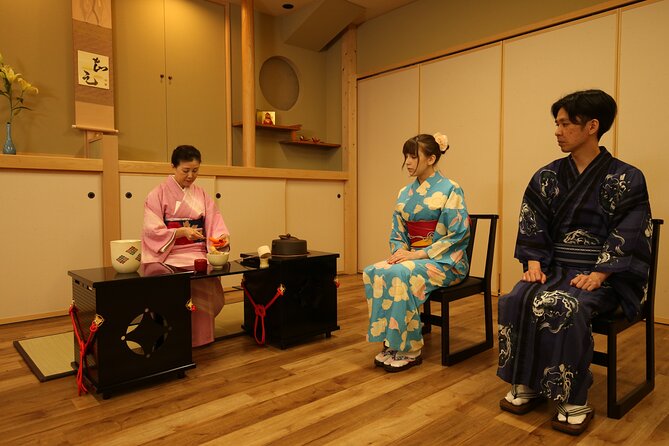
Conveniently situated near Tokyo’s iconic Tokyo Tower, the meeting point for the Japanese Tea Ceremony experience is at Kikai Shinko Kaikan, with easy access to public transportation for participants’ convenience.
- Meeting Point: Kikai Shinko Kaikan, Tokyo
- Transportation Options: Easy access to public transportation
- Additional Services: Pick-up & drop-off services provided
At the location, you will find clear instructions for locating the instructor, ensuring a smooth start to the activity. After the engaging tea ceremony experience, the activity concludes back at the meeting point.
With convenient transportation options nearby and additional services like pick-up and drop-off, participants can focus on seeing the Zen practices and Japanese culture without worrying about logistics.
Here's a few more nearby tours and experiences we think you'll like.
Common questions
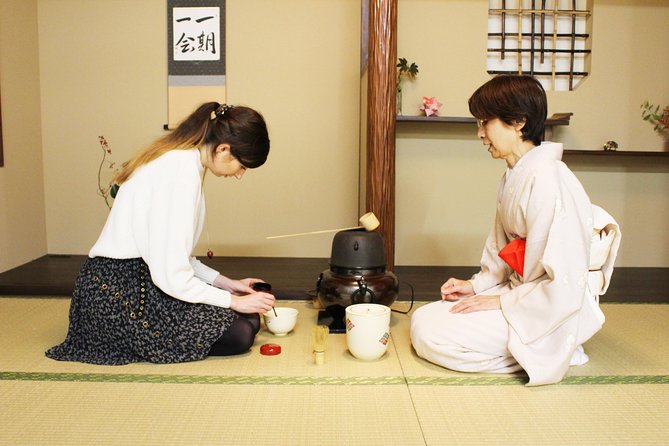
What Is the Significance of the Specific Movements and Gestures Performed During the Tea Ceremony?
The movements and gestures during the tea ceremony hold deep significance in Zen Buddhism, reflecting mindfulness, respect, and tranquility. Each action is a form of meditation, fostering a mindset of presence and awareness, embodying the essence of Zen teachings.
How Does the Philosophy of Zen Buddhism Influence the Mindset and Approach of Participants During the Tea Ceremony?
The philosophy of Zen Buddhism deeply influences the mindset and approach of participants during the tea ceremony. It fosters a focus on mindfulness, simplicity, and presence, guiding individuals to engage in each moment with intention, grace, and respect.
Can Participants Customize the Level of Matcha Green Tea’s Strength or Sweetness During the Preparation Process?
Participants can customize their Japanese tea ceremony experience by adjusting the matcha green tea’s strength and sweetness levels during the preparation process. This personalized touch allows for a tailored and enjoyable tea-drinking experience.
Are There Any Specific Seasonal or Regional Variations in the Traditional Japanese Sweet Confections Served During the Tea Ceremony?
Seasonal variations and regional differences are common in traditional Japanese sweet confections served during tea ceremonies. These variations reflect local ingredients and cultural influences, enhancing the experience with diverse flavors and presentations.
Are There Any Additional Cultural or Historical Insights Shared During the Tea Ceremony Experience That Are Not Mentioned in the Article Sections?
During the tea ceremony experience, additional cultural insights and historical context are shared, delving into artistic expressions and ritualistic aspects. Participants gain a deeper understanding of Japanese traditions, values, and the spiritual significance behind each ritual.
Not for you? Here's more of our most recent tour reviews happening neaby
- Asia Travel Esim Plan for 8 Days With 6GB High Speed Data
- [Private] Tokyo Personalized Tour (Guide Only)
- Tokyo Arrival Private Transfers From Tokyo-Narita Airport NRT to Tokyo City
- 3 Day Tokyo to Kyoto Tour (Hotels, Transport and Guide Included)!
- Private Transfer From Narita Airport to Tokyo
- Private Tokyo Tour, Build Your Own Itinerary With a Local Matched to You
- Harajuku Sweet & Culture Exploration: Dive Into Kawaii Wonders!
- Sushi Making Experience in Shinjuku, Tokyo 2 Hours
- Full-day Immersive Private Tour in Tokyo
- Transfer in Private Vehicle From Tokyo City Center to Narita Airport
- Tokyo Walking Tour With a Local Guide
- Kamata Tokyo: Culinary Delights & Local Life Adventures!
- Tokyo Tour Off-The-Beaten-Path, Shimokitazawa With a Local, Private Custom
- Tokyo to Tokyo Narita Airport (NRT) – Departure Private Transfer
- Complete Tokyo Tour in One Day! Explore All 10 Popular Sights!
Sum Up
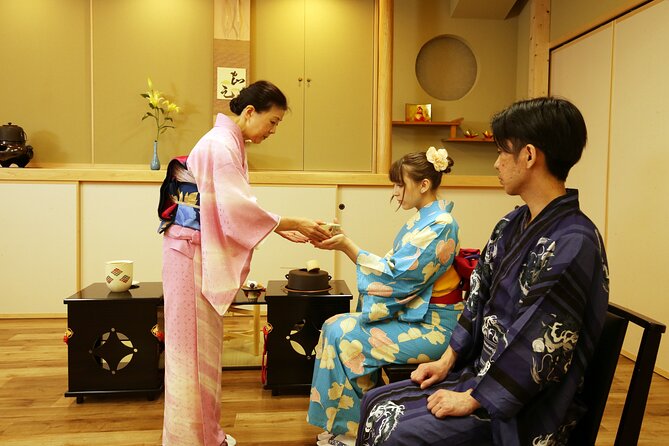
To sum it up, the Japanese Tea Ceremony offers a unique blend of Zen practices, mindfulness, and culture.
By partaking in the meticulous rituals of preparing matcha green tea and savoring traditional Japanese sweet confections, one can experience the harmony of simplicity and elegance.
Set against the backdrop of Tokyo Tower, this immersive journey provides a meaningful opportunity to engage with Japanese culture in a profound way.
Join us in unraveling the philosophy and beauty of this revered tradition.

